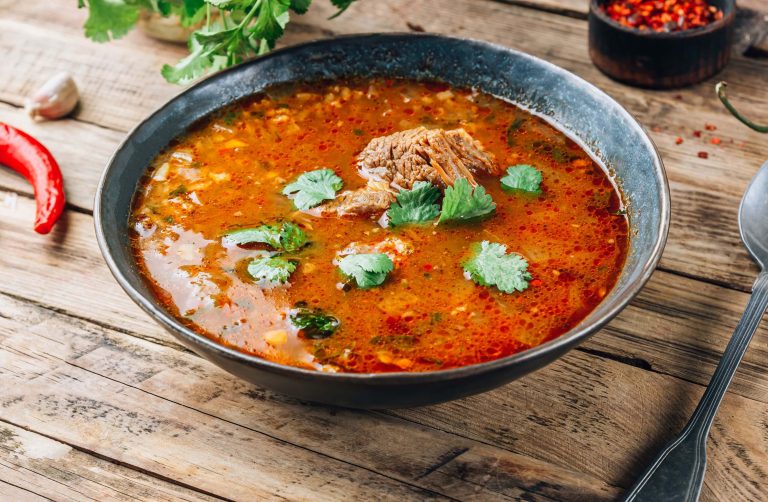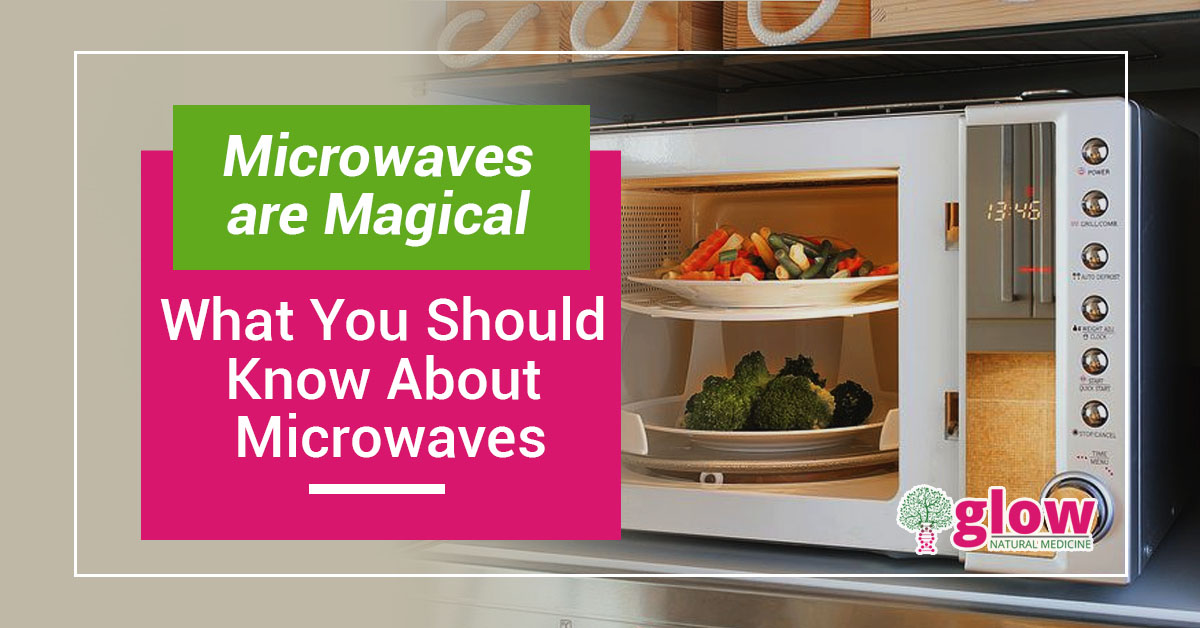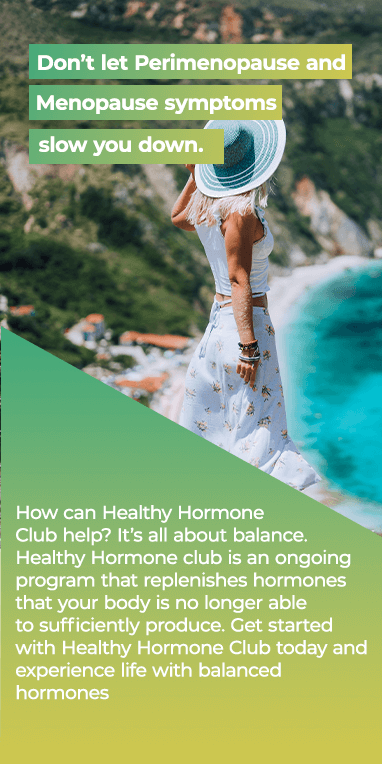

Microwaves are Magical
Most of my patients are shocked and confused when my recommendations include microwave instructions. They are even more surprised to hear that I use a microwave in my own home (quite often even).
Do you use your microwave?
If you’ve thought about banning the device from your kitchen, I can’t say I’m surprised.
The internet is full of evil claims about the microwave. They leak radiation, destroy nutrients, change the chemical structure of food into something toxic, and pose a wide variety of health risks. Even the term “nuking”, which is an unfortunate, yet common word for cooking in the microwave, brings to mind images of atomic explosions and radiation exposure!
It is no wonder that rumors have prompted millions of health-minded families to stop using them entirely. But, are these claims really founded in science?
I love science, and I love easy to prepare food, so I decided to dive into this question and find out for myself (and my busy patients), what’s really going on.
How Do Microwaves Work?
More than likely everyone has used a microwave, but very few of us have stopped to think about how they work.
Microwaves heat up food by exposing polar molecules (such as water, which has one positively charged side and one negatively charged side) to electromagnetic waves within the microwave spectrum (around 2.45 GHz) — a wavelength between radio frequency and infrared radiation.
When exposed to these electromagnetic waves, polar molecules react by rapidly spinning clockwise and then counterclockwise repeatedly, caused by the alternating electric fields, which causes the molecules to change the direction of their rotation (they rotate back and forth about 2.5 billion times per second!). The agitated polar molecules gather up thermal energy that rubs off on nearby molecules, causing the food to heat up quickly.
That is, in a nutshell, how the microwave heats up your food.
This whole process is a form of non-ionizing radiation, which is completely different from the ionizing radiation produced by x-rays, ultraviolet (UV) light, and atomic bombs.
Ionizing radiation changes the structure, composition, and properties of atoms, and causes charged particles (ions) to split off from molecules. Non-ionizing radiation on the other hand doesn’t produce enough energy to ionize anything, only transferring enough energy to atoms to cause vibrations, resulting in heat.
We’re exposed to plenty of non-ionizing radiation each day from sound waves, radio waves, and visible light (yay for rainbows!). These forms of radiation don’t make things radioactive or change the structure or atoms or break DNA bonds, or pose the same health risks we typically associate with the word “radiation.”
To summarize – Non-Ionizing Radiation can be thought of as the “non-dangerous” kind found in soundwaves, rainbows, and microwaves. While Ionizing radiation is the dangerous kind found in x-rays and atomic bombs.
What about cooking in the microwave, is it safe?
A variety of websites, articles, and health authorities have claimed that microwaves destroy more nutrients than other forms of cooking, leaving normally healthy foods devoid of their beneficial components – in other words, killing the food.
But what does the scientific research say? Here is a summary of the highlights that I found throughout the scientific literature:
- On one study, microwaved pork and chicken retained significantly more thiamine and vitamin B6 than the same foods cooked in a conventional oven.
- Microwaving breast milk has been shown to preserve the original vitamin and polyunsaturated fat content, with no harm to important immunoglobins up until 60°C/140°F (at which point, any form of cooking will start damaging the more sensitive molecules). **Note – test baby formula for temperature before serving to a baby no matter how you heat it up.
- Another study compared broccoli prepared with five different cooking methods – steaming, boiling, stir-frying followed by boiling, stir-frying alone, and microwaving. Microwaving resulted in the second-lowest chlorophyll loss, retained more vitamin C than stir-frying or boiling (or a combination of the two), and retained more carotenoids than boiling and the combination of stir-frying and boiling. (In case you are keeping score – steaming wins!)
- Research on blanching green beans, purple hull peas, yellow squash, and mustard greens found no difference in vitamin C content when microwaved (blanching was used instead of conventional blanching). And virgin olive oil has been shown to retain more alpha-tocopherol (vitamin E, an important antioxidant) when heated in a microwave versus a frying pan!
The bottom line is that when heat is applied to food, nutrients are lost. When water and heat are applied to food, nutrients are lost. It isn’t the microwave that is causing lower nutrient values in food, it’s the heat and water!
Do Microwaves Make Food Toxic?
Another major myth about microwaves is that they denature protein and turn food molecules into toxic substances (including carcinogens and other compounds that damage DNA). I was actually fooled by this one for a while!
What if I told you that microwaving your proteins could actually protect you from cancer?
Research shows that microwave-cooked bacon has lower levels of nitrosamines (a potential carcinogen) than conventionally-cooked bacon. And, in contrast to grilling or frying, microwaving results in much lower (or non-existent) production of heterocyclic amines (HCAs) and polycyclic aromatic hydrocarbons (PAHs), two well-studied carcinogens that can form in meat or charred foods (HCAs occur when amino acids, sugars, and creatine from muscle meat react at high temperatures, and PAHs occur when meat drippings hit an open fire and cause PAH-containing flames to shoot upwards and coat the meat, or when other foods get blackened in high heat). In fact, microwaving meat and draining off the juices before grilling has shown to reduce the formation of carcinogens, compared to grilling the meat directly.
Another popular concern is that microwaving foods like milk could transform L-amino acids into D-amino acids, and therefore cause toxicity and make protein less bioavailable. But, subsequent research showed that this only happens at extremely high temperatures, beyond what household microwaves produce, and therefore shouldn’t be a source of fear or worry.
And, as with other nutrients, any type of cooking has the ability to “denature” protein (which just means the protein loses its three-dimensional structure—not that it becomes toxic!), such as an egg white solidifying and becoming opaque on the pan.
What About Standing Close to a Microwave While It’s Running?
Some people claim that microwaves are dangerous to be around when they’re running because they leak radiation into the surrounding air.
First of all, let’s all remember that microwave radiation is non-ionizing (remember, non-dangerous). The sound we hear and any air movement we feel around the microwave when the microwave is on is not radiation leaking out; it’s just the fan blowing air. More importantly, as long as a microwave isn’t damaged (like a broken handle or cracked door), the design prevents microwaves from exiting the oven and heating up your house. By the way, if you could stick your hand in a microwave while it was running, the harm you would suffer would be burns, not radiation poisoning (remember: non-bad radiation).
To make sure microwaves are running safely and won’t be emitting more radiation than the safe upper limit, we should follow the manufacturer’s operating procedures and safety precautions (so that we don’t unintentionally damage the microwave). We also shouldn’t operate the microwave if its door won’t properly close or is bent or warped or shows other signs of damage, or if the door’s hinges, latch, or seals look damaged. And, it’s best to avoid putting aluminum or metal pans inside the microwave, since those can also damage the machine. There’s absolutely no reason we would need to leave the room while the microwave is running.
My Conclusion
So, there you have it – the microwave is no more dangerous than a rainbow. And when it comes to eating healthy in a busy world, it might be just as magical.
The majority of my practice members are busy professionals who simply don’t have time to preheat their ovens and cook a meal for 45 minutes to an hour after a long day at work. The microwave brings convenience to a healthy lifestyle, making a healthy lifestyle more realistic, doable, and sustainable over the long term!
Overall, the microwave might just be one of the most useful tools in your healthful eating toolbox.
- Posted
- in Happiness and Mind-Body
- By Michelle






76 Comments
Since this is such an important and controversial topic, it would be very helpful if you provided the references on which you rely. Thanks.
Since this is such an important and controversial topic, it would be very helpful if you provided the references on which you rely. Thanks.
Since this is such an important and controversial topic, it would be very helpful if you provided the references on which you rely. Thanks.
Thanks for such a well researched open minded article Michelle. I am sure it will help a lot of patients and practitioners out there.
Thanks for such a well researched open minded article Michelle. I am sure it will help a lot of patients and practitioners out there.
Thanks for such a well researched open minded article Michelle. I am sure it will help a lot of patients and practitioners out there.
This sounds tasty and I can’t wait to try. Got to get that psyllium ingredient.
Dr Michelle, I’ve heard that patients fare better with a female doctor than their male counterparts, and given your apparent sincerity and easy to relate nature, not to mention thorough knowledge, I’m convinced! Thank you.
Thank you! Feel free to book a free call with me if you have any questions!
This sounds tasty and I can’t wait to try. Got to get that psyllium ingredient.
Dr Michelle, I’ve heard that patients fare better with a female doctor than their male counterparts, and given your apparent sincerity and easy to relate nature, not to mention thorough knowledge, I’m convinced! Thank you.
Thank you! Feel free to book a free call with me if you have any questions!
This sounds tasty and I can’t wait to try. Got to get that psyllium ingredient.
Dr Michelle, I’ve heard that patients fare better with a female doctor than their male counterparts, and given your apparent sincerity and easy to relate nature, not to mention thorough knowledge, I’m convinced! Thank you.
Thank you! Feel free to book a free call with me if you have any questions!
what containers should you microwave in
what containers should you microwave in
what containers should you microwave in
Thank you for this well researched information. I was very fearful of the microwave because of what I have read or heard. I feel much better about using it now. Looking forward to trying your recipe.
Thank you for this well researched information. I was very fearful of the microwave because of what I have read or heard. I feel much better about using it now. Looking forward to trying your recipe.
Thank you for this well researched information. I was very fearful of the microwave because of what I have read or heard. I feel much better about using it now. Looking forward to trying your recipe.
Should you only cook in glass dishes when you use the microwave for cooking or are there other suitable containers that won’t leach anything into the food?
Ceramic and glass are your best choices
Should you only cook in glass dishes when you use the microwave for cooking or are there other suitable containers that won’t leach anything into the food?
Ceramic and glass are your best choices
Should you only cook in glass dishes when you use the microwave for cooking or are there other suitable containers that won’t leach anything into the food?
Ceramic and glass are your best choices
Wow, great post. Much obliged.
I value the article post.Really looking forward to read more. Fantastic.
Im grateful for the blog post.Really thank you! Fantastic.
Thanks again for the article. Will read on…
Say, you got a nice blog. Great.
I really like and appreciate your blog article.Really looking forward to read more. Will read on…
Great, thanks for sharing this blog article.Really looking forward to read more. Great.
I appreciate you sharing this article post.Thanks Again. Awesome.
Looking forward to reading more. Great blog article.Really looking forward to read more. Awesome.
Enjoyed every bit of your post. Awesome.
Hey, thanks for the post.Really thank you!
Fantastic blog article.Much thanks again. Really Cool.
Enjoyed every bit of your blog.Much thanks again. Really Great.
Thanks for sharing, this is a fantastic article post. Want more.
Muchos Gracias for your post.Really thank you! Much obliged.
Thanks a lot for the blog post.Really looking forward to read more.
Wow, great blog post.Really looking forward to read more. Fantastic.
I really like and appreciate your article post.
Muchos Gracias for your blog post.Thanks Again. Cool.
Very good blog post.Really looking forward to read more. Much obliged.
Awesome blog post.Really looking forward to read more. Will read on…
Very neat blog post.Much thanks again. Cool.
Very good blog article.Thanks Again. Will read on…
I truly appreciate this blog post. Much obliged.
I truly appreciate this blog post.Really thank you! Awesome.
I cannot thank you enough for the article post.Really looking forward to read more. Great.
Im obliged for the post.Really looking forward to read more. Awesome.
Very informative post. Cool.
Muchos Gracias for your post.Much thanks again. Cool.
Thanks so much for the blog.Much thanks again. Want more.
Appreciate you sharing, great post.Thanks Again. Will read on…
Really enjoyed this article post.Really looking forward to read more. Keep writing.
Thank you for your blog post. Fantastic.
Really enjoyed this blog article.Really thank you! Really Cool.
Say, you got a nice article post.Much thanks again. Fantastic.
This is one awesome blog post.Much thanks again. Want more.
Looking forward to reading more. Great blog article.Much thanks again. Awesome.
Thanks-a-mundo for the blog.Much thanks again. Awesome.
Major thankies for the article.Much thanks again. Fantastic.
Enjoyed every bit of your blog article.Much thanks again. Will read on…
Im grateful for the blog.Much thanks again. Want more.
A round of applause for your article post.Really thank you! Want more.
Really appreciate you sharing this post. Will read on…
I value the blog article.Thanks Again. Keep writing.
Thanks for sharing, this is a fantastic article.Really looking forward to read more. Will read on…
Thanks-a-mundo for the blog post.Really thank you! Much obliged.
I value the post.Thanks Again. Much obliged.
Enjoyed every bit of your blog. Awesome.
Great, thanks for sharing this blog post.Much thanks again. Fantastic.
I loved your article.Really looking forward to read more. Cool.
Appreciate you sharing, great article post.Really thank you! Awesome.
sandyterrace.com
Wang Ao는 눈을 크게 뜨고 이를 갈기 시작했습니다. “너…너…”